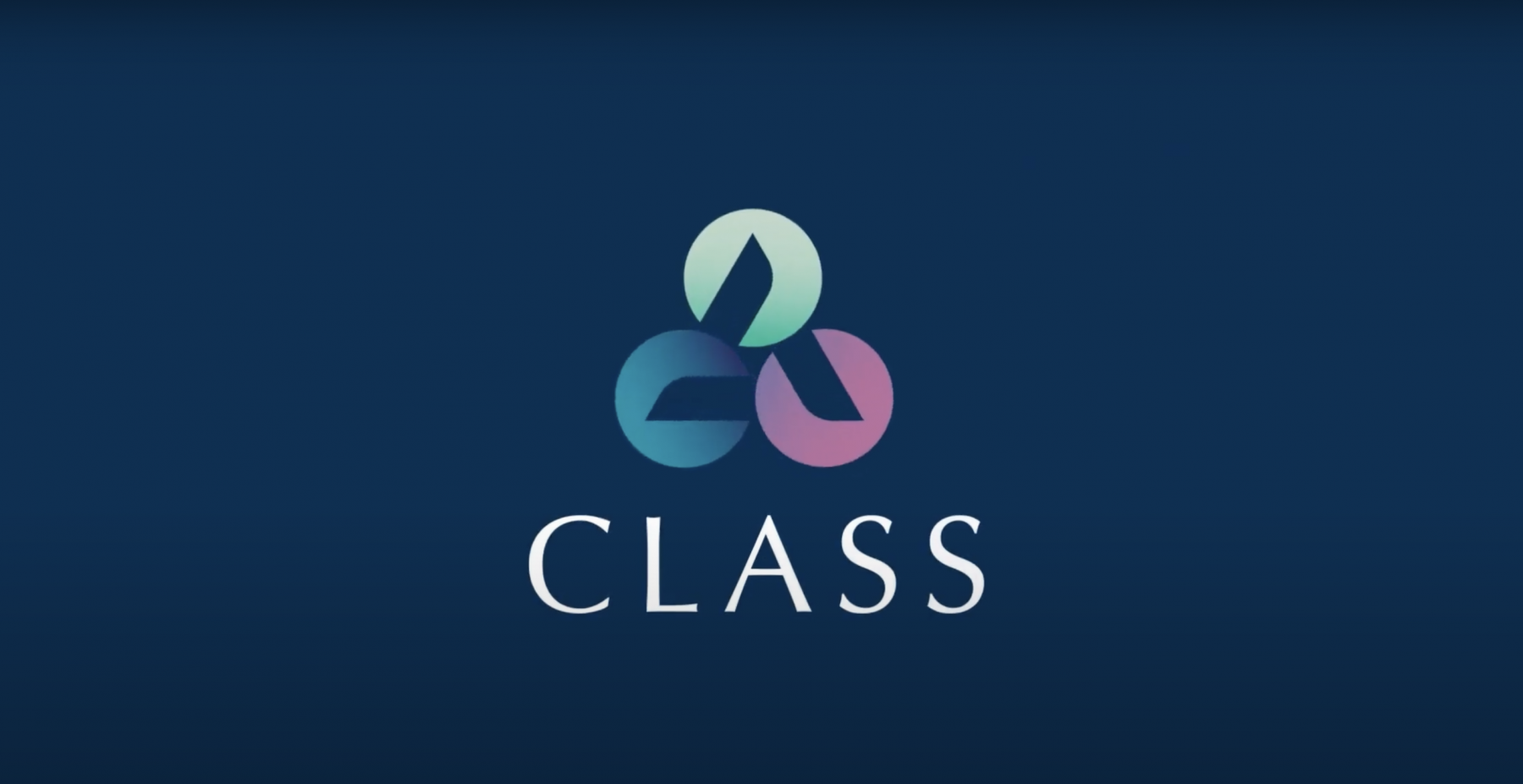Part 3 of 3: Brokers vs Share Registries
There has been a fair bit of commentary across the SMSF industry on data feeds of late – particularly around what the term ‘reliable’ means in relation to data feeds, how data feeds differ (or are they all the same?), and how they impact SMSF administration, trust accounting, and where ASAE 3402 and share registry data fit into the whole picture.
We’ve put together a three part blog series exploring data feeds. In this article, Part 3 of our Data Feed Series, we examine the differences between Broker and Share Registries, and why understanding these differences is critical for efficient SMSF administration and corporate compliance.
Getting data from Brokers vs Share Registries – what’s the difference?
- To achieve the level of automation and reconciliation that accountants, administrators, and SMSF administration providers need (such as automatic processing and reconciliation of trades, daily balance checks, automated processing of DRPs, bulk processing of corporate actions, etc), daily balances, daily adjustment information and daily trade details including brokerage costs are required. To this point, the registries have not been able to supply this – which is why Class obtains this information directly from the brokers.
- Some accountants and auditors may be under the impression that the broker’s records of holdings and transactions can somehow diverge from the registry’s records, impacting trust administration and corporate trustee services. This may well be based on the way things were done in the past when broking was very manual. However, today all ASX trading is transacted online using the ASX Clearing House Electronic Subregister System (CHESS).
- The ASX processes nearly a million transactions a day and the legal record of these transactions, the contract notes, are generated by the brokers, not the registries.
- All participants (brokers and registries in particular) rely on CHESS to transact. The ASX could not meet their T+2 obligations and achieve a 99.93% settlement success rate without this – the brokers reconcile with the CHESS balances continually.
- Class connects to the back-office systems used by the brokers and gets balances and CHESS adjustments data directly from those systems. Given how the broker systems, CHESS and the registry are integrated, and given the audited processes Class has in place, administrators and auditors can have confidence that the data in Class Super’s SMSF Administration Software is reliable, supporting trust accounting and corporate compliance requirements.
Read now: Data Feeds – The Facts That Matter. Part 1: Back to Basics
Read now: Data Feeds – The Facts That Matter. Part 2: Why ASAE 3402 Assurance Matters




